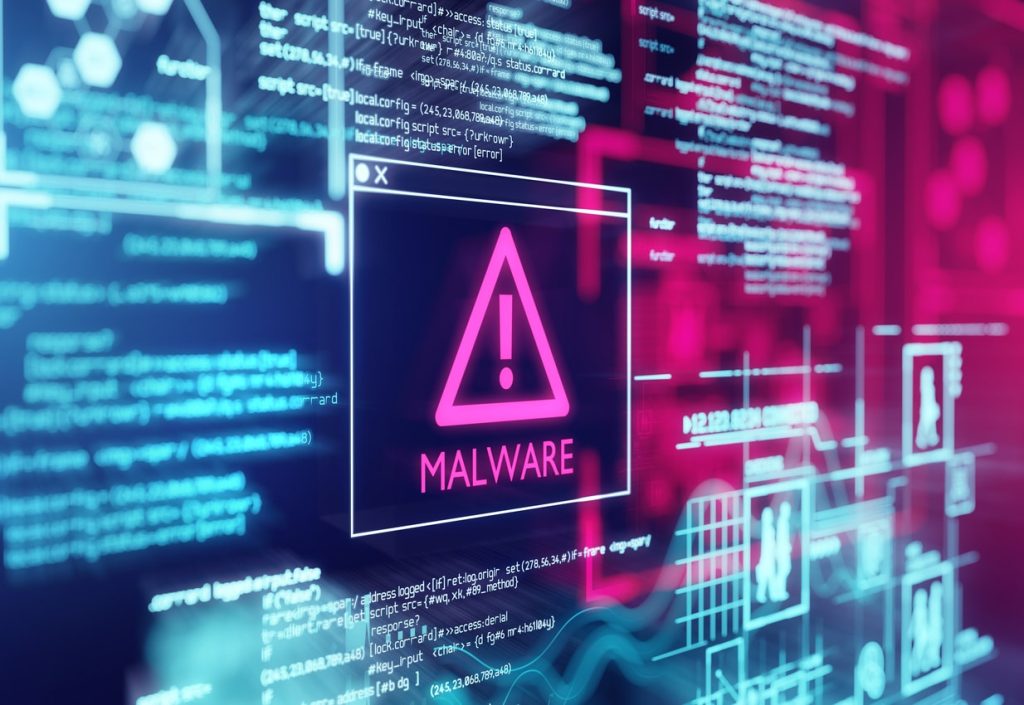Accelerated by an increase in remote working and digital transformation, ransomware attacks continue to remain on the rise. While 2021’s Colonial Pipeline attack stole headlines during the year, numerous notable brands, local authorities and universities throughout the world have also been victims of ransomware operators. The short and long-term effects of attacks are devastating, not just for those hit by an attack, but for those who rely on the services provided by organisations and data subjects whose personal information is compromised.
Fortunately, ransomware attacks can be preventable, and the risks of this threat are reduced, providing that you understand how assaults occur. This blog will explore common ransomware attack vectors and offer tips to protect your operation against them.
Email Attachments
Dedicated phishing attacks are counted among the most used delivery methods for ransomware. In such attacks, hackers must convince a user to open an email attachment or click on a link that then downloads the ransomware to their computer system. This attack vector often uses social engineering tactics where threat operators masquerade as a trusted contact to fool them into providing admin access to company systems.
Malware
Malicious software or malware is an umbrella term that includes ransomware. Malware may arrive as a Trojan that appears to be a legitimate file but hides a threat. When executed, it launches malicious code as soon as a user downloads or opens it.
When the intent is to obtain a ransom, crypto-malware is deployed. The malware encrypts data files on a target’s computer and blocks the owner from obtaining access. After payment is received by a pre-determined deadline, data access is restored.
Web pages
Ransomware code can be in malicious web scripts hidden in compromised and legitimate sites that are unwitting partners in the attack. This is an ideal attack vector for threat actors as victims believe they are using a trusted website. When a user visits that website, the code is downloaded automatically and is executed, infecting the user’s system. The ransomware then moves laterally across the organisation’s network, encrypting operating systems and data files.
Pop-ups
Pop-ups and ads are yet another common online vector for malicious ransomware attacks. They can appear genuine; however, like phishing attacks, they can trick users into interacting with them by posing as an authentic brand. Once clicked on, they will either direct users to a new open window loaded with malicious links or instantly download a ransomware payload onto the user’s device.
Tips to avoid being a ransomware victim
The first step to preventing an attack is to ensure that every member of your team is cyber-aware. Train your people from day one and make cybersecurity awareness part of your onboarding process. From your front-line personnel in Customer Service to your Managing Director, everyone must be able to recognise a phishing attack and how to report it and understand never to download or click on suspicious links.
Employ powerful email filters to keep spam and phishing messages out of mailboxes and make sure that your accounts are protected with powerful passwords and multi-factor authentication. Keep all your software updated and patched to avoid vulnerabilities that can be exploited, and back up your data regularly so you can get up and running quickly if you are locked out of your information and operating systems.
How Galaxkey can help in the fight against ransomware attacks
To stop ransomware attackers from getting hold of your data as leverage, you must protect it with data encryption software. Galaxkey’s formidable suite of encryption products is a fierce ally for businesses in the fight against ransomware attacks.
Contact us now to get started.



